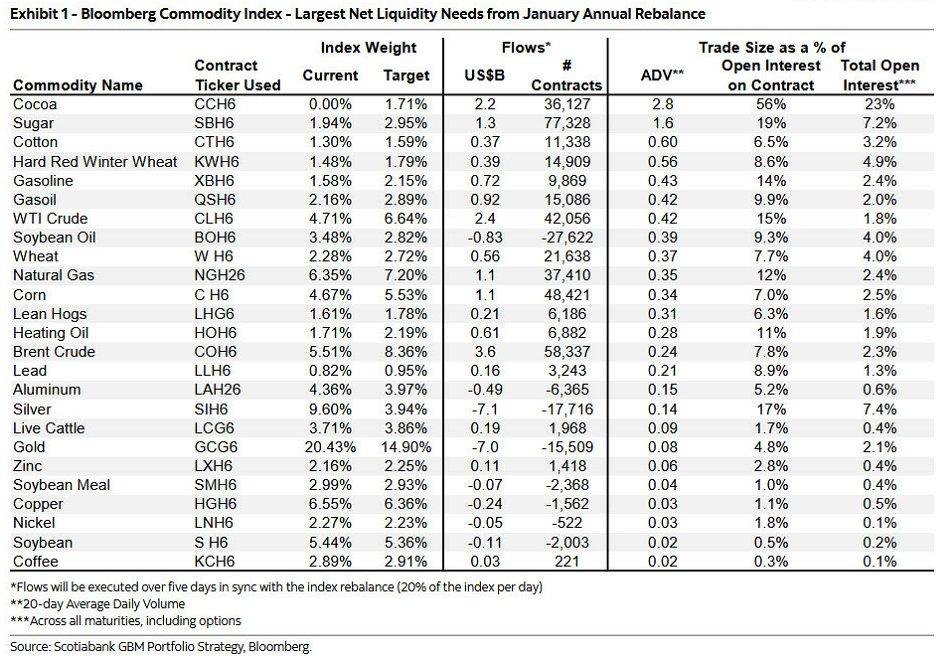By now most who watch such things are familiar with the opinion issued by the Supreme Court in the case Loper Bright Enterprises et al. v. Raimondo, Secretary of Commerce, et al. on June 28, 2024. Loper overturned an opinion issued by the court in 1984 titled Chevron U.S.A. Inc. v. Natural Resources Defense Council, Inc.
The Chevron “precedent” required federal courts to defer to federal agency interpretations of law when the law at issue was ambiguous and, therefore, subject to interpretation. The effect of the Chevron “precedent” was to transfer certain authority for statutory interpretation away from the court and deposit it in the hands of unelected and, therefore, unaccountable bureaucrats. Stated otherwise, Chevron tended to reverse the role of the court in the process of “judicial review” which was established in 1803 in the case Marbury v. Madison.
Since Congress has a particular knack for writing vague or ambiguous law and letting the agencies “figure it out,” the Chevron “precedent” is said to have transferred substantial quasi-judicial power to agency staff at the expense of the judicial role. Chevron is, therefore, credited with accelerating growth of the “administrative” or “deep” state — a “shadow government” of sorts functioning, in effect, according to its own interpretation of its enabling statutes.
The point to be made here is that the Chevron ruling arguably represented a measurable breach of constitutional structure, as that structure was established by the court in Marbury v. Madison. The effect of this breach may be likened to the breach of a dam impounding a river. With this breach of constitutional structure, an unelected shadow government, arguably extraconstitutional and with expansive powers, unleashed a regulatory flood upon the land.
After 40 years, the Loper ruling has righted this historical wrong. The net effect of this remedy is that Congress will be compelled to exercise its legislative authority with greater particularity, agency staff will be disinclined to engage in regulatory adventurism, and the impartial interpretive role of the court is substantially restored. As more precise laws must now be made through the legislative process, thereby restricting regulatory latitude, democracy itself is substantially restored. However, in the nature of a wounded beast, these restorative consequences have given rise to shrill wailing and charges of “judicial power grabbing” coming from those whose power has been diminished.
Now bring this narrative around to the matter of federally owned public lands. An impartial review of the formative history of the federal territorial system will affirm two essential facts.
First, congressional authority for establishment of local governments within federal territories is derived from the Northwest Ordinance, not from the treaty power of the United States or from congressional Property Clause authority as originally maintained by the court in the case of Sere v. Pitot. Under authority of the Northwest Ordinance, Congress is authorized to establish and supervise temporary local territorial governments, but it is not authorized to be the local municipal government over them. From Benner v. Porter, “[Territorial governments] ... are the creations, exclusively, of the legislative department, and subject to its supervision and control.”
Second, the Property Clause is a delegation of constitutional authority and duty to dispose of federal territorial and public lands. “The power being given, it is the interest of the nation to facilitate its execution,” according to McCulloch v. Maryland, speaking of constitutionally enumerated federal powers.
However, when the Sere v. Pitot court ascribed authority for territorial governance to congressional authority under the Property Clause, while at the same time fully ignoring the existence and role of the Northwest Ordinance, it executed a breach of constitutional structure akin to that executed by the court in the Chevron case. As a consequence of this breach of constitutional structure, we come, through a succession of cases, to the decision in Kleppe v. New Mexico, June 17, 1976, and the declared “policy” of Congress under the Federal Land Policy and Management Act of Oct. 21, 1976.
The Kleppe v. New Mexico court stated, “It is the Property Clause ... that provides the basis for governing the Territories of the United States.” And under this Property Clause authority, the Kleppe court stated that Congress possesses a “complete” and “supreme” power of municipal government “without limitation” over lands owned by the United States, including over public lands within the states. This is despite the fact that by the 10th Amendment of the Bill of Rights we know that the states did not delegate their municipal powers to Congress under their Constitution, and the United States “is entirely a creature of the Constitution,” according to Reid v. Covert, citing Martin v. Hunter’s Lessee.
Under the Federal Land Policy and Management Act, Congress has apparently interpreted its judicially recognized municipal power “without limitation” as judicial permission to disregard the delegated “power to dispose” that is explicitly set down in the constitutional Property Clause text. By section 102(a)(1), the Federal Land Policy and Management Act “declares” that it is, thereafter, the “policy” of Congress to retain the remaining public lands “in Federal ownership” unless disposal of a given parcel is found to “serve the national interest.”
Thus, as a consequence of judicial misinterpretation of congressional power under the Property Clause and as a consequence of having ignored the existence and role of the Northwest Ordinance — in other words, as a consequence of these two breaches of constitutional structure — in a manner similar to that executed by the Chevron court in 1984, an extraconstitutional federal municipal legislature possessing “complete” and “supreme” powers “without limitation” has been established and unleashed upon nearly one-third of the nation’s land mass.
Moreover, the Kleppe court has stated that this extraconstitutional “complete” and “supreme” federal municipal power “without limitation” “is broad enough to reach beyond territorial limits” to adjacent nonfederal lands.
In his Kentucky Resolution of November 1798, President Thomas Jefferson famously said, “In questions of power, then, let no more be heard of confidence in man, but bind him down from mischief by the chains of the Constitution.”
The Chevron ruling and the ruling in Kleppe v. New Mexico, along with its cited precedents, parallel one another in this sense. Both cases alter the Framers’ original design, and they do so (or did so in the instance of the now-overridden Chevron case) in unavoidably destructive ways. Both cases authorized nation-altering breaches of those power-limiting “chains of the Constitution” that were installed by the Framers into their constitutional design. Consequently, both cases set loose upon the land federal powers actually opposed by the Framers and certainly not ratified by the people. Associate Justice Joseph Story characterized such a consequence as being the “establishment of a new constitution”:
“Nor should it ever be lost sight of, that the government of the United States is one of limited and enumerated powers; and that a departure from the true import and sense of its powers is, pro tanto [to that extent], the establishment of a new [albeit illegitimate for lack of expressed popular ratification] constitution.”
Now that the court has finally addressed and repaired the error of the Chevron case, perhaps it is prepared to address and repair the error represented by the ruling in Kleppe v. New Mexico, along with its cited precedents extending back in time and including the case of Sere v. Pitot. What is needed, but currently lacking, is an aggrieved party with standing to rise and bring the appropriate question before the court.
Full story here Are you the author? Previous post See more for Next postTags: Featured,newsletter


























